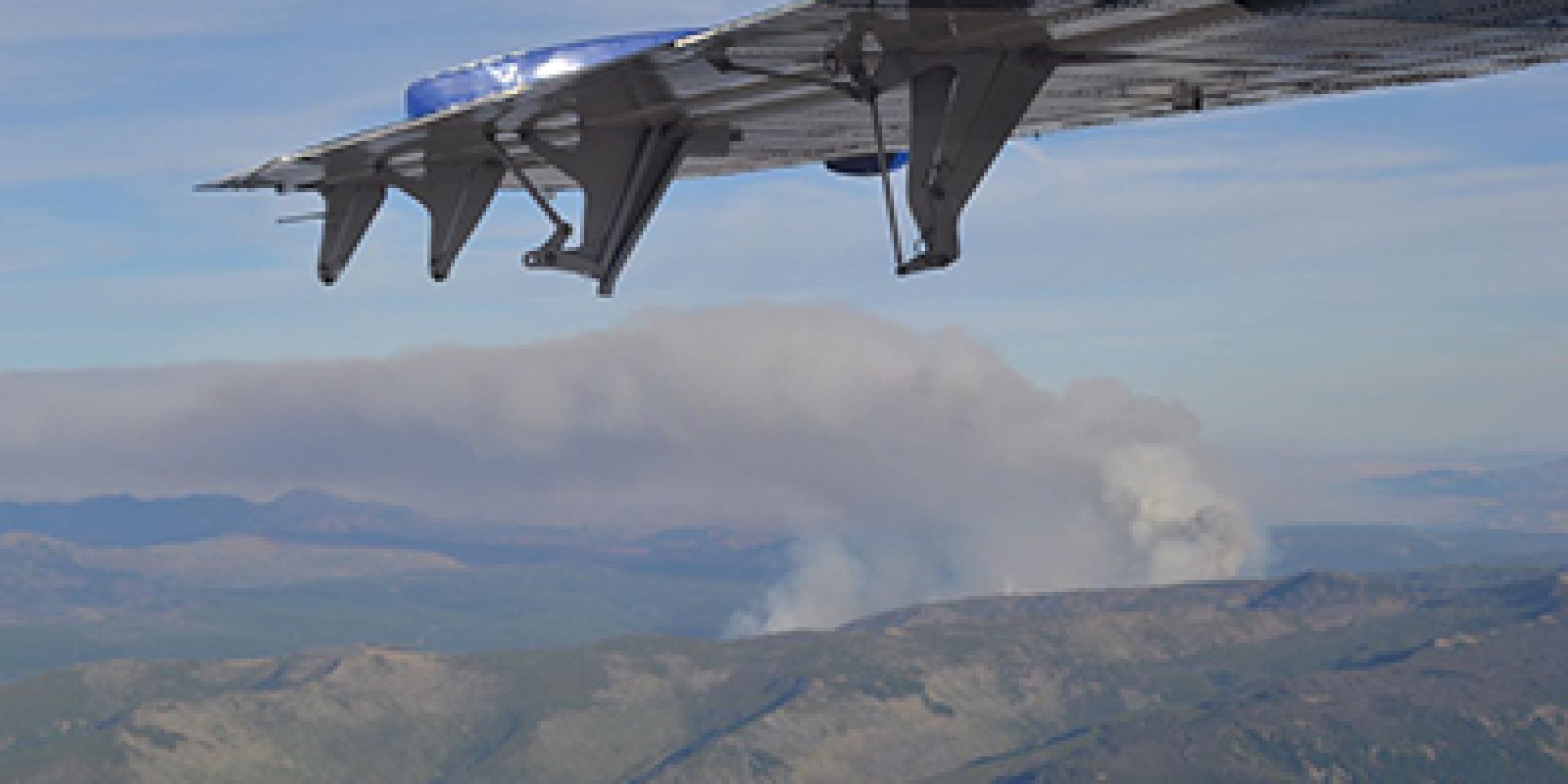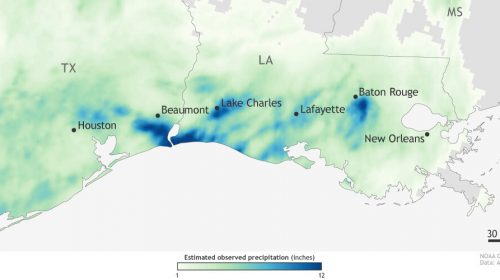Volatile organic compounds (VOCs) are chemicals that can be emitted from a variety of products and processes, impacting air quality, public health, and climate. The second-largest source of VOC pollutants is biomass burning, which includes wildfires. A certain type of computer simulation called a chemical transport model is often used by researchers to represent wildfire impacts, because they can track air pollutants as they move through Earth systems and undergo chemical transformations in the atmosphere. Unfortunately, wildfire smoke results produced by these models are often inaccurate because they do not start with a complete picture of VOC emissions.
A new modeling study, supported in part by the Climate Program Office’s Atmospheric Chemistry, Carbon Cycle and Climate (AC4) Program, uses a chemical transport model to represent wildfire emissions in the western US. An international group of researchers, including AC4-funded scientist Lu Hu of the University of Montana, used three different sets of commonly used emissions inventory derived from satellite observations to drive the model, and compared these datasets through the performance of the model across the western US. The research team also compared their results with aircraft observations gathered during the WE-CAN (Western Wildfire Experiment for Cloud Chemistry, Aerosol Absorption and Nitrogen 2018) and joint NOAA- and NASA-led FIREX-AQ (Fire Influence on Regional to Global Environments and Air Quality 2019) field campaigns. The results, published in Atmospheric Chemistry and Physics, show that the emissions inventories are in general agreement with each other, but underestimate VOC emissions from wildfires when compared to aircraft observations by a factor of 3-7. Thus model underestimation can be attributed to inaccurate low values of emissions within the inventory datasets. The researchers conclude that biomass burning contributed 45% and 10% of the total VOC emissions in the western US during 2018 and 2019, respectively, in contrast with the 1-10% estimates from previous modeling work. This project was funded by the AC4 program to improve our understanding of the urban atmosphere in a changing climate, and will continue developing new observational constraints on VOC emissions in the US.










